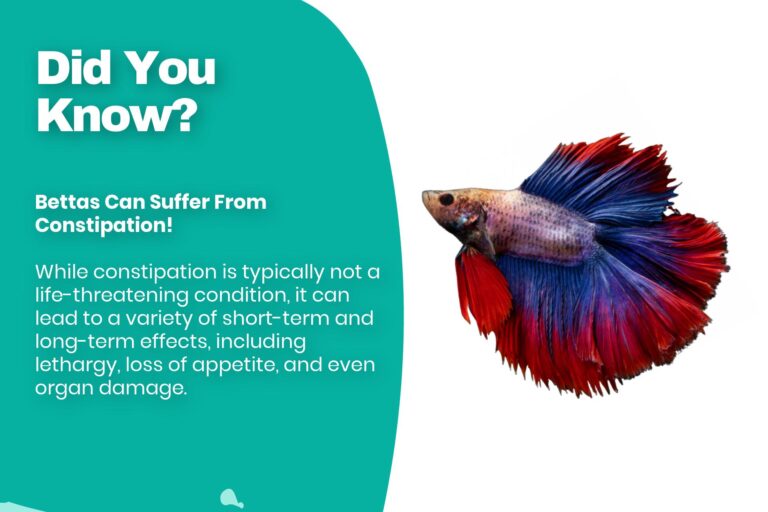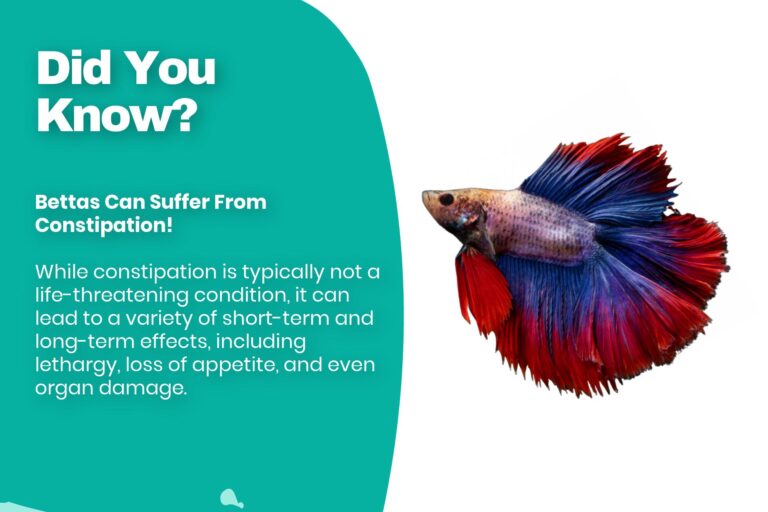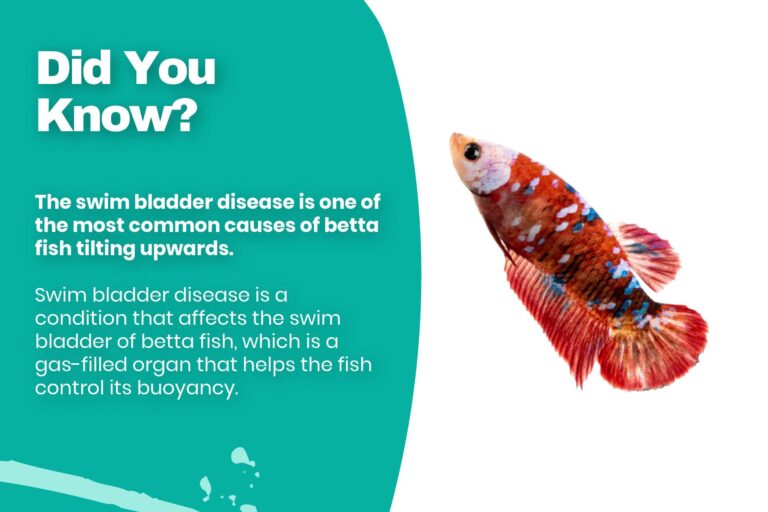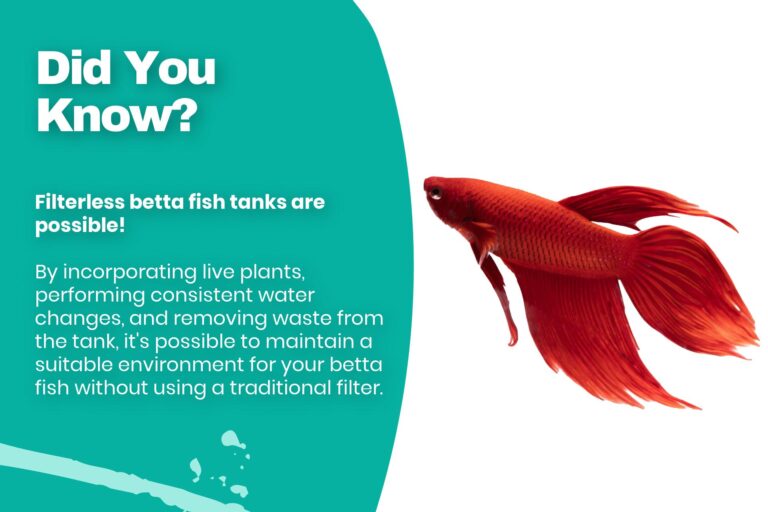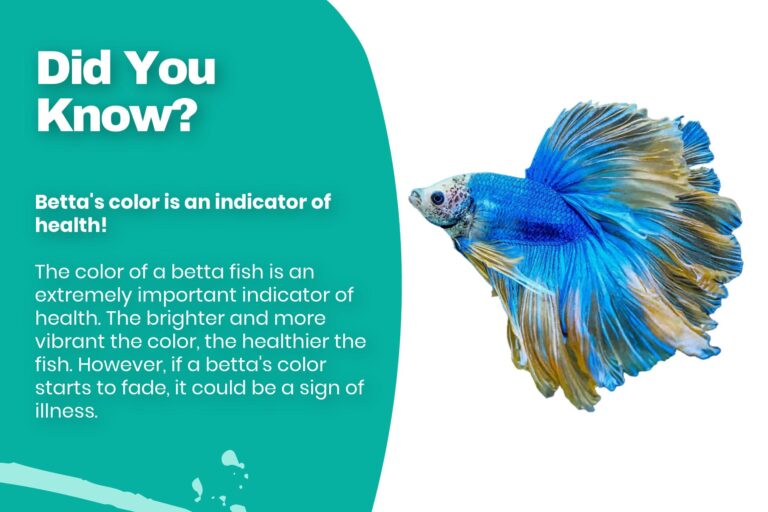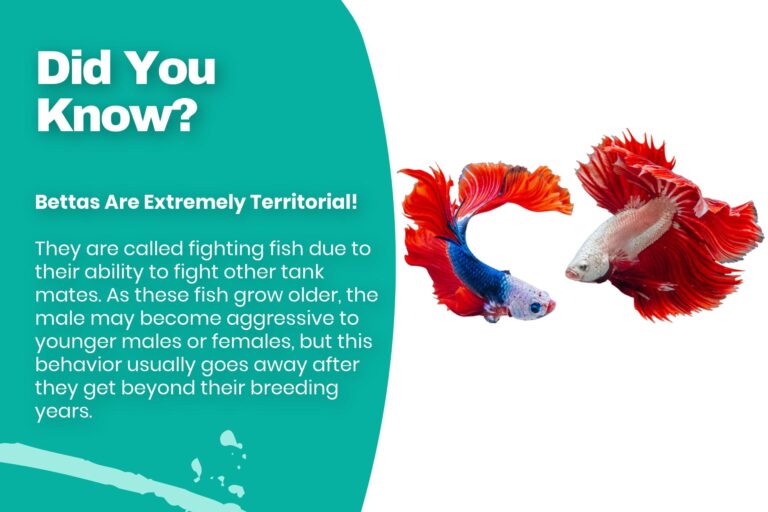Betta Fish Bubble Nest: How And Why They Are Made
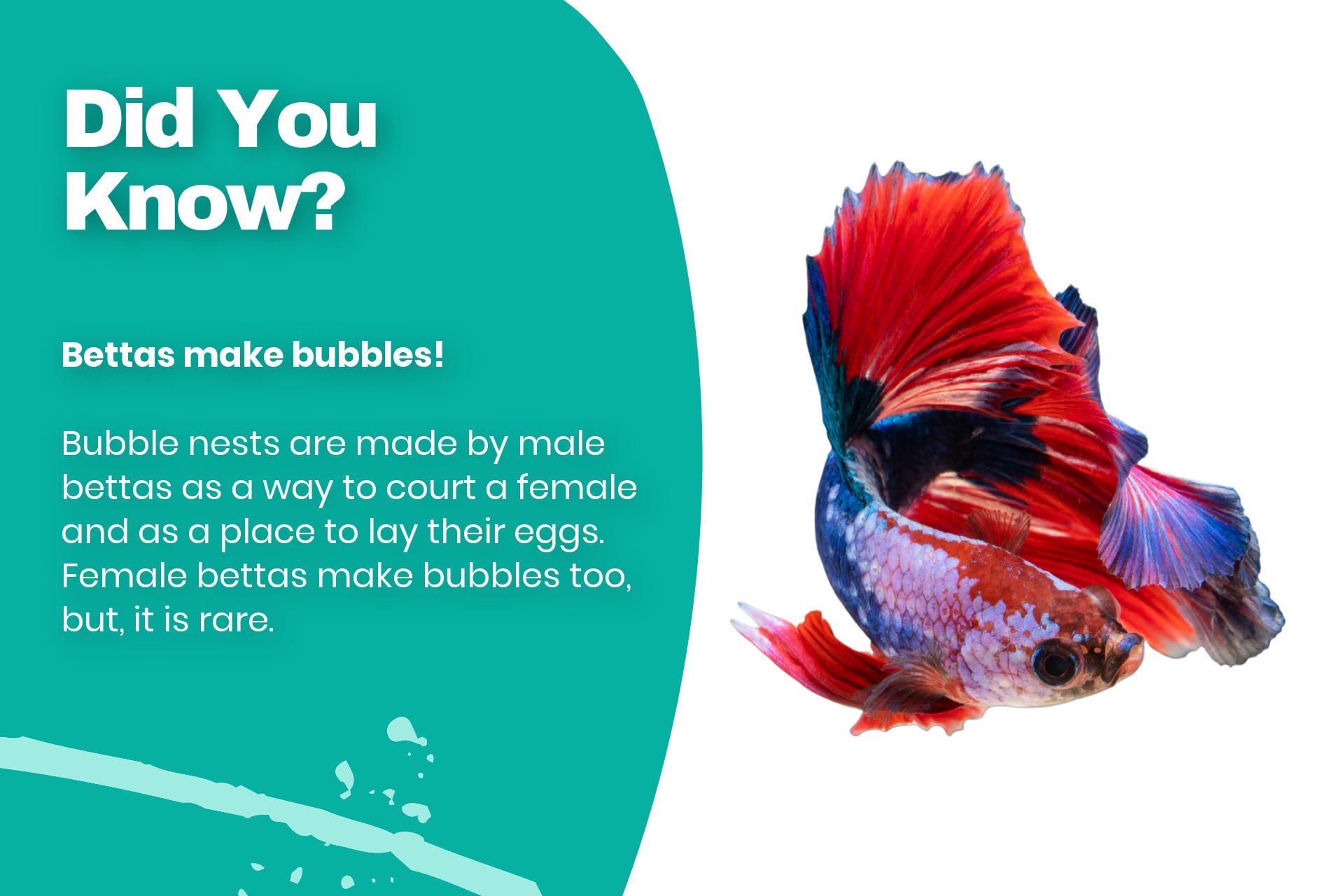
Among the many fascinating behaviors of betta fish, one of the most interesting is the bubble nest. Bubble nests are an interesting sight and provide a great source of entertainment for betta fish owners.
In this blog post, we’ll explore why betta fish build bubble nests, what the bubble nests look like, and the importance of a healthy bubble nest.
Betta fish are known to be social but territorial, and bubble nests are one way of displaying these territorial behaviors.
Bubble nests are also an indication of betta fish health and can help you to determine if your fish is feeling stressed or comfortable in their environment.
By understanding the meaning of a bubble nest, you’ll be able to ensure your fish is healthy and content.
Table of Contents
Quick Answer
Betta fish are known for making bubble nests, which are a result of their territorial nature and are used to attract a mate, protect eggs, and communicate. Male bettas mostly build bubble nests, but females can do it too.
These nests are made by blowing bubbles from their mouths and attaching them to something in the tank, like a plant. They also produce a sticky substance that helps keep the eggs safe and protected until hatching.
Bubble nests are an indication of betta fish health, and their production decreases when they feel threatened or stressed.
While bubble nests are not harmful, male bettas can be territorial, so it’s best to keep other fish away from them. Other fish that build bubble nests include Gouramis, Paradise Fish, and African Cichlids.
Why Do Betta Fish Make Bubbles?
Betta fish are known for their beautiful fins and elaborate courtship rituals. One of the most iconic behaviors of betta fish is their production of bubbles.
Both male and female bettas can do this, but it is more often seen in males. Bubbles made by betta fish are actually a type of nest. Male bettas will make these nests out of saliva and bubbles in order to attract a mate.
The number of bubbles in a nest is usually a good indicator of how healthy and fit the betta fish is. In addition to being used for attracting mates, bubbles made by betta fish can also be used as a means of communication.
When bettas are happy, they will often make more bubbles. On the other hand, if bettas are feeling threatened or stressed, they may stop making bubbles altogether.
How Are Bubble Nests Made?
Betta fish are able to blow bubbles by using a special organ called the labyrinth. This organ is unique to bettas and other labyrinth fish, and allows them to take in air from the surface and store it in their swim bladders.
When the betta is ready to breed, it will build a bubble nest by blowing bubbles from its mouth and attaching them to something in the tank, like a plant.
The betta will keep blowing bubbles until the nest is big enough to protect the eggs. Bubble nests are made up of a sticky substance that the betta produces.
This substance helps to keep the eggs safe and protected until they hatch.
Are Bubble Nests Safe For Other Fish?
Bubble nests are created by the male betta fish as a way to entice and protect their eggs. The bubbles are made from a slime produced by the betta and serve as a sort of incubator for the eggs.
Once the eggs hatch, the fry (baby fish) will live in the bubble nest for a few days until they are strong enough to swim on their own. So, are bubble nests safe for other fish?
The answer is yes and no. The bubbles themselves are not harmful to other fish, but the male betta can be very territorial when it comes to his nest.
If he feels that another fish is encroaching on his territory, he may become aggressive and attack. For this reason, it’s generally best to keep other fish away from a betta’s bubble nest.
What Does It Mean When My Betta Is Not Making Bubbles?
Bubble nests are an important part of betta reproduction, but not all bettas make them. In fact, many bettas stop making bubbles altogether once they reach adulthood.
There are a few reasons why this may happen. One reason why bettas stop making bubbles is because of stress, change of environment, or health-related issues.
If you’ve recently moved your betta to a new tank, it may take some time for them to adjust and start making bubbles again.
However, if your betta has been in the same tank for a while and suddenly stops making bubbles, it could be a sign of a more serious problem.
Illnesses such as gill parasites or respiratory infections can cause a betta to stop making bubbles.
Another reason why bettas stop making bubbles is that they may not have the proper environment to do so. Bettas need clean, warm water to make bubbles.
If their tank is dirty or cold, they’re unlikely to make bubbles. Finally, some bettas stop making bubbles simply because they don’t need to anymore.
After all, bubble nests are primarily used for reproduction. If a betta isn’t looking to mate, there’s no need for them to make a bubble nest.
What Other Fish Makes Bubble Nests?
Bubble nests are not just made by one kind of fish. In fact, many different kinds of fish make bubble nests! Here are just a few of the different fish that make bubble nests:
- Gouramis
- Paradise Fish
- African Cichlids
Each of these fish has different nesting habits, but they all use bubbles to create a floating home for their eggs.
Bubble nests offer protection for the eggs and fry, and help to keep them oxygenated. No matter how they make their nests, bubble nests are a fascinating part of the fish world!
Final Thoughts
So, it turns out those bubbles in your tank aren’t harmful at all. Well, at least when it’s made by your betta or the other fish mentioned in this blog post.
Otherwise, you might want to check on your tank’s water quality. Having bubble nest in your betta fish tank indicates that your betta is happy and healthy. As the owner, you should be proud of that.

